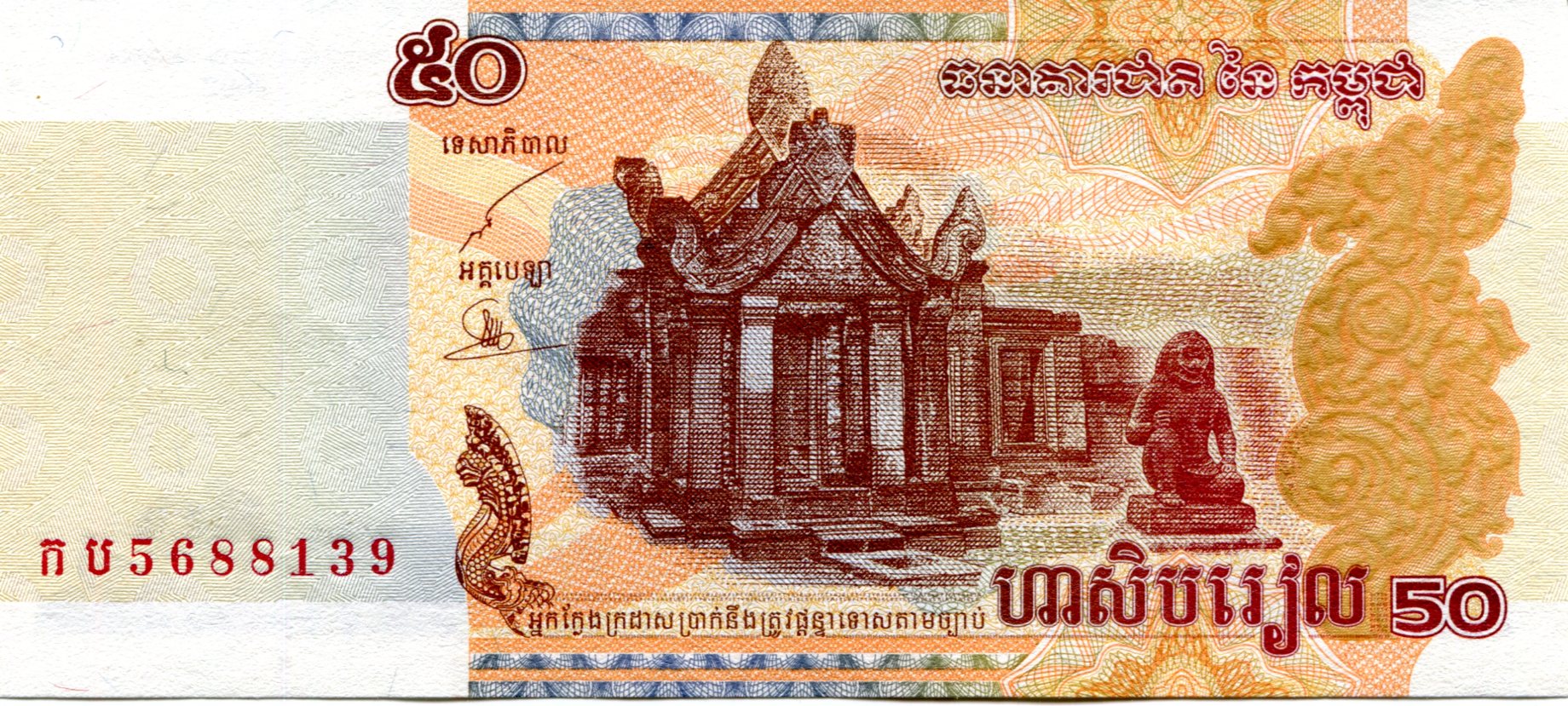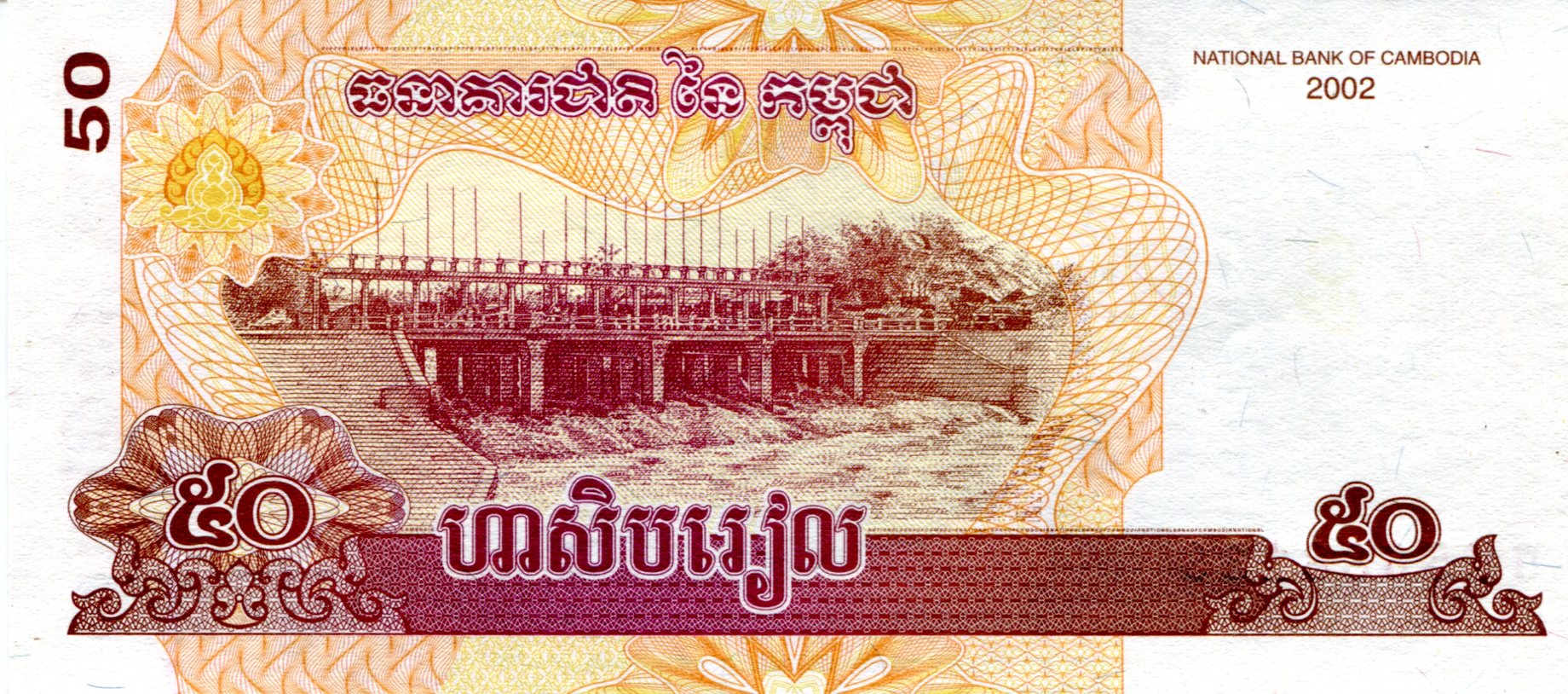Text from a recent fortune cookie: What does the future hodl?
I can overlook the typo. We’ve all done those. But is it right for fortune cookies to ask questions, rather than offer fortune-cookie wisdom?
Besides, the answer to that particular question is simple enough: death. Sooner or later, probably one at a time for all of us humans, but possibly all going together when we go, every Hottentot and every Eskimo, though I suppose that should be revised to Khoikhoi and Inuit and Yupik.
I heard about Dwayne Hickman this morning, and my reaction was, he was still alive? The Many Loves of Dobie Gillis had its charms, and the episodes that I’ve seen tended to be funny. As for Bob Saget, my reaction was, sorry to hear about a 65-year-old passing suddenly, but the episodes I’ve seen of Full House were not funny. What happened to sitcoms in the ’80s anyway?
The other day, I hauled out my envelope of cheap banknotes for a look, as I sometimes do. We might be on the way to excising banknotes from our lives in this country — a great mistake, if so — but I take some comfort in thinking that they will linger quite a while longer in parts of the world not so hep on digital infrastructure.
A nice-looking note, if a little orange.
Cambodia, 2002. 50 riel. Still valid currency, with this note worth about 1.25 U.S. cents these days.
Here’s info from wiki to make the hairs stand up on the back of your neck: “There have been two distinct riel, the first issued between 1953 and May 1975. Between 1975 and 1980, the country had no monetary system.”
On the note’s obverse is Banteay Srei, a 10th-century Cambodian temple and relic of the Khmer Empire. The reverse has a dam on it, likely supposed to be a symbol of modern progress.
Looking into the history of the temple, I came across an oddity.
“It was 1923 when [Andre] Malraux, then 22, arrived in Cambodia with his wife Clara,” journalist Poppy McPherson writes in a publication called The Diplomat. “Newly broke Parisian intellectuals, they had a scheme to steal statues from the Angkor temples to sell in the West. It failed, and they were both arrested in December of that year. The legal wrangle that ensued, ending in a one-year suspended sentence for Malraux and nothing for his wife, meant he spent more than a year stuck in Phnom Penh and, later, Saigon.”
